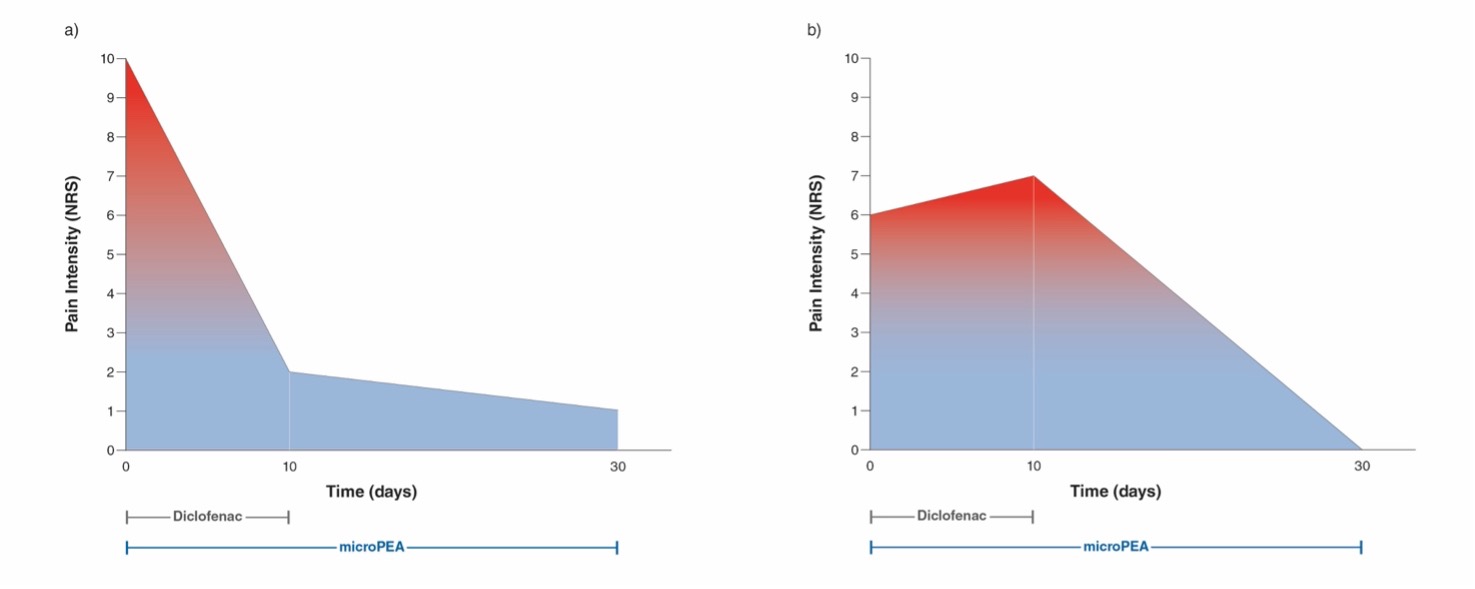Abstracts
Vol. 2 No. s1 (2025): 48th National Conference of the Italian Association for the Study of Pain
MUSCULOSKELETAL INFLAMMATORY PAIN MANAGEMENT WITH LOW-DOSE DICLOFENAC AND MICROPEA ASSOCIATION: TWO CASE REPORTS
C. Cavallaro1, M. Da Roit2, L. Bloccari1 | 1Functional Recovery and Rehabilitation Unit, San Martino Hospital, AULSS1 Dolomiti, Belluno; 2Quality Service, AULSS1 Dolomiti, Belluno
Publisher's note
All claims expressed in this article are solely those of the authors and do not necessarily represent those of their affiliated organizations, or those of the publisher, the editors and the reviewers. Any product that may be evaluated in this article or claim that may be made by its manufacturer is not guaranteed or endorsed by the publisher.
All claims expressed in this article are solely those of the authors and do not necessarily represent those of their affiliated organizations, or those of the publisher, the editors and the reviewers. Any product that may be evaluated in this article or claim that may be made by its manufacturer is not guaranteed or endorsed by the publisher.
Published: 22 September 2025
48
Views
0
Downloads








